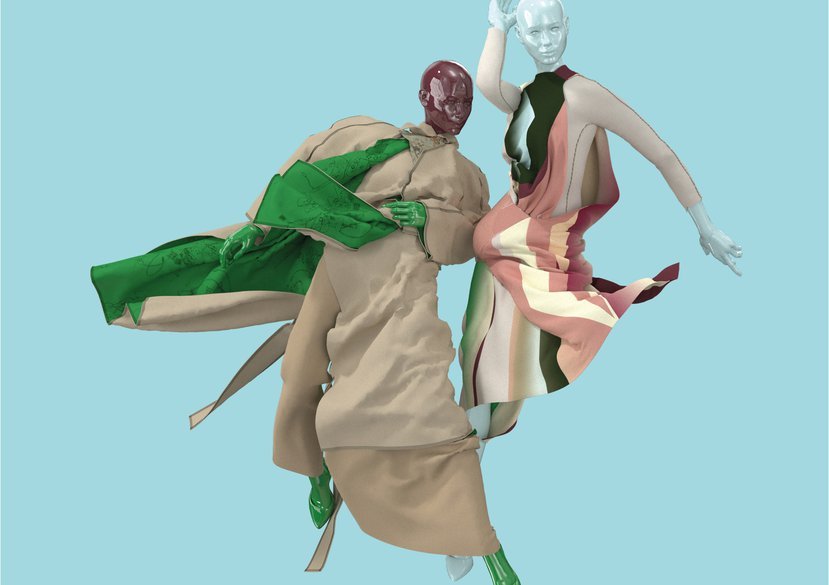Key Sentence:
- These MA designers rewrite the fashion rules for a future posthuman utopia from mystical digital fantasy to gruesome inflatable fiction.
Fashion students at the Royal College of Artwork years into the future. Most fashion schools begin and end with womenswear, menswear, textiles – IRL fashion anyway – RCA students can also enroll in dressless clothing and digital mysticism courses.
A discipline that goes beyond just gender but the physical body in general. As a result, many students design posthuman social utopias in which the principles of time and space have collapsed and create incredibly creative and transporting collections, but only slightly hurt the brain when you think about them.
The same originality and resilience that emerges from the graduation collections of the Central Saint Martins and Westminster graduation groups are equally palpable at Royal College. And it is appropriate not to mention that these “collections” – many of which do not include clothes – were collected in the same year from blockades and intense loneliness. But maybe this is a pillar of innovation.
From Bea Brücker and Aurélie Fontan, who re-created the algae skin mycelium fashion system, Sam Chester’s exploration of their trance+identity via virtual pagan video games, to the construction of Zongbo Jiang’s busy digital world, these projects are testament to far beyond. It’s Line.
Among all the crazy streaks, however, there is the occasional common thread – Jiangyue He, Yunpei Li, Jungna Nana Park, and Daisy Suhwoo Park use their work to break through the paradigm of the ideal woman in society by distorting and exaggerating the female figure of Trompe le sled. Oil, explosive devices, and abdominal prostheses; Follow in the footsteps of RCA alumnus and bodybuilder Sinead O’Dwyer. Below we highlight five of these graduate designers, although they all deserve recognition.
Giselle grew up in a “patriarchal Asian family” run by a retired grandfather who is rarely seen without a suit. It “represents male chauvinism,” he says, and as such, the designer’s mission is to soften the boundaries of masculinity by reforming traditional codes for menswear.




















































